The history of the plant manufacturing medical instruments goes back more than 120 years. In 1899, Gyula Wohlmut and Nándor Schwarz founded a copper and glassware store at 24 Baross Street, which soon expanded with a glassblowing workshop, where they made school demonstration tools, magnets, and even skeleton replicas.
.jpg)
Visual plan of the factory around 1960 (Photo: Fortepan/No.: 128859)
In 1907, they changed their name, the company became more and more well-known in the capital as the Erdély and Szabó Laboratory Equipment and Teaching Equipment Factory. In 1922, the plant moved to 46 Liliom Street in Ferencváros. A larger factory was built at the new location and the product range was expanded. Those interested could also order material testing laboratory equipment, physics and chemistry teaching tools, medical chemistry and bacteriology instruments from them.
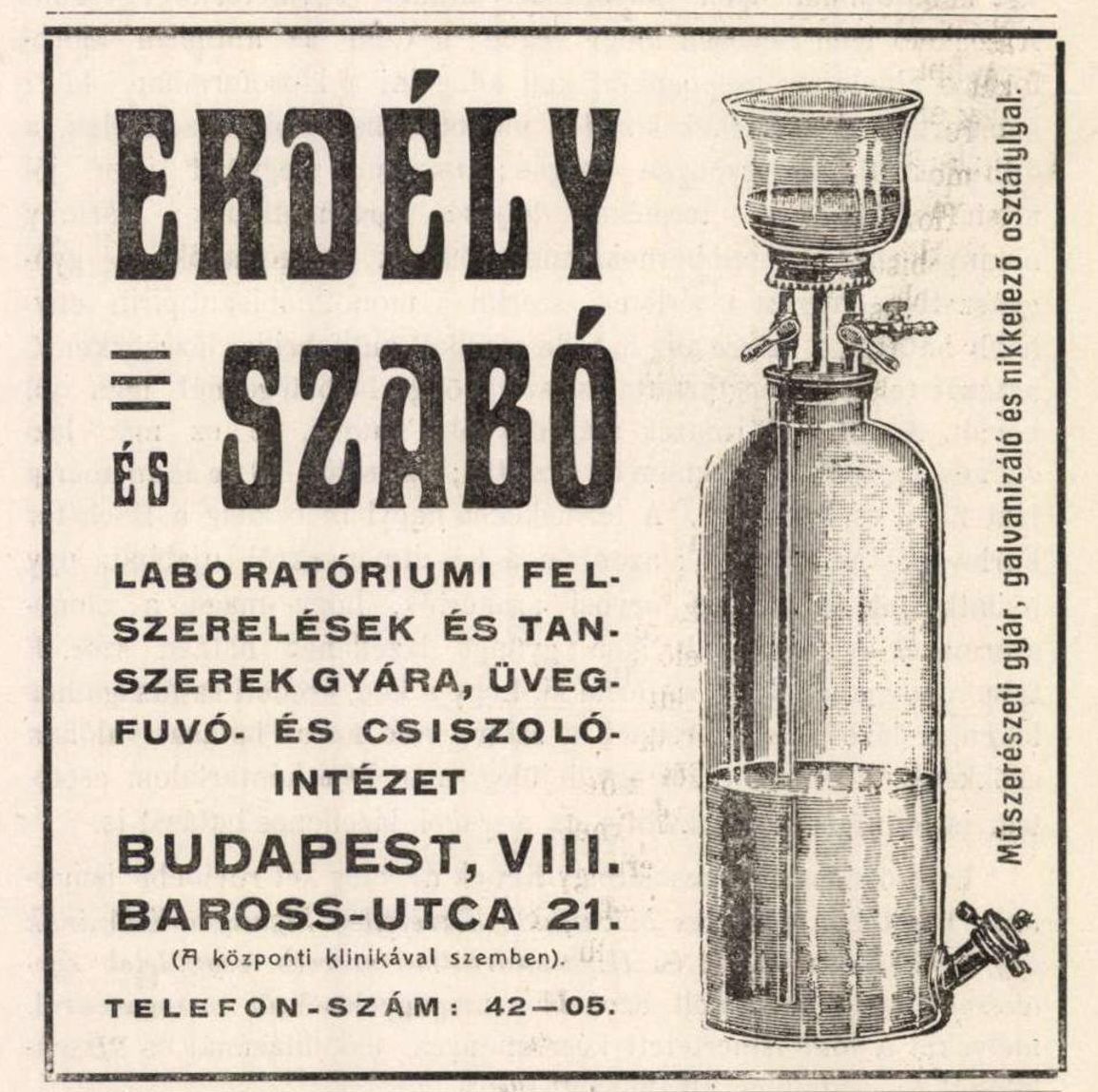
Advertisement of the original company from 1907 (Source: Vegyészeti Lapok, 1907, page 412)
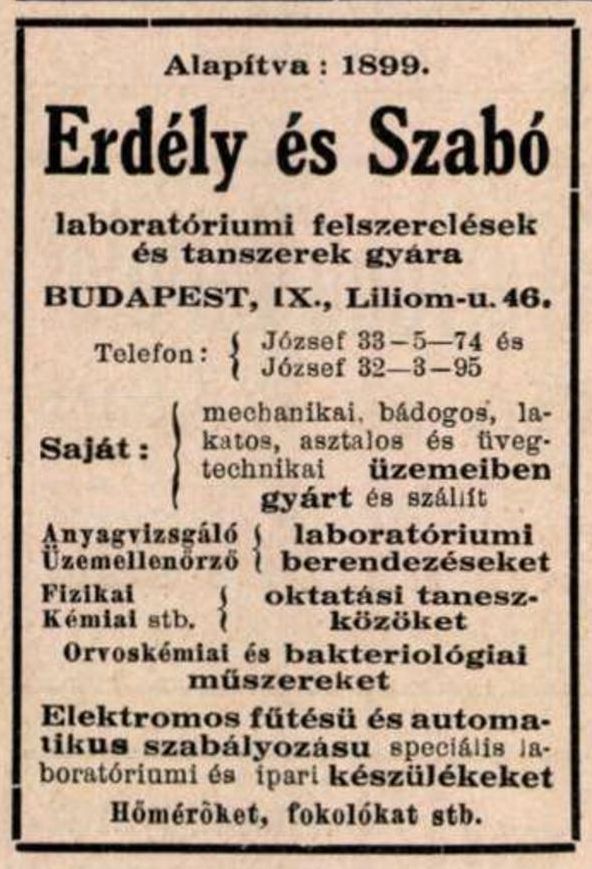
The company's advertisement from 1931 (Source: Honi Ipar, 1 August 1931)
From 1937, they advertised themselves as Erdélyi and Szabó Scientific Instrument Factory. During this period, they already had a factory at 41 Thaly Kálmán Street. When the company was nationalised in 1949, it was renamed Laboratory Equipment Factory. Several lots located at the intersection of Tűzoltó Street and Thaly Kálmán Street (50-56 Tűzoltó Street) were nationalised and merged, and the existing buildings, which originally had a different profile, were converted for the factory's operation.
In the 1950s, the idea of establishing a modern factory with a large floor area came up several times, but even at that time, the Instrument Industry Directorate of the Ministry of Smelting and Machinery could not finance the construction. In 1958, the Laboratory Equipment Factory was merged with the Esztergom-based Instrument Industry Works (which was also created after the nationalisation of several privately owned enterprises), and one of the results of the reorganisation was the birth of the new factory.
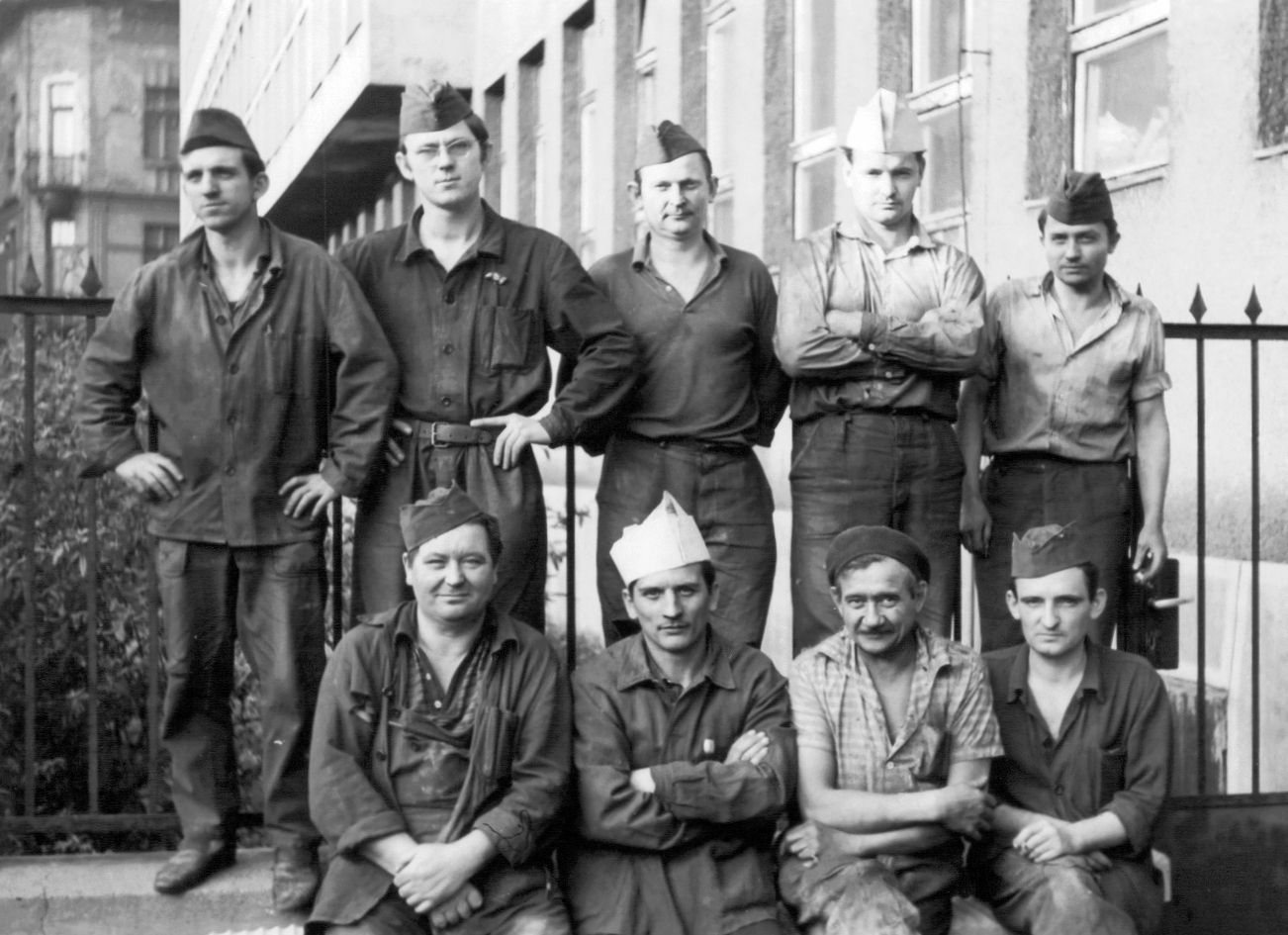
The metal grinding brigade of the Instrument Industry Works [in Hungarian: Labor MIM] around 1970 (Photo: Ferencváros Local History Collection)
Completed in January 1963, the five-story building with a floor area of approximately 1,500 square metres carried out various parts of the production of technical measuring instruments: cutting, grinding, or electroplating. On the fourth floor, a spacious restaurant with a roof terrace served the workers of the plant. The plant also provided practical training for vocational apprentices. Apprentices in machine cutting, locksmithing, polishing and painting, electricians, glassmakers, tool makers, mechanical and electronic technicians were able to acquire the practical knowledge of their chosen craft on the site. There was constant coming and going and work in the factory yard and the various units of the building. In the late 1970s, there was a period when more than 1,500 people worked in the factory.
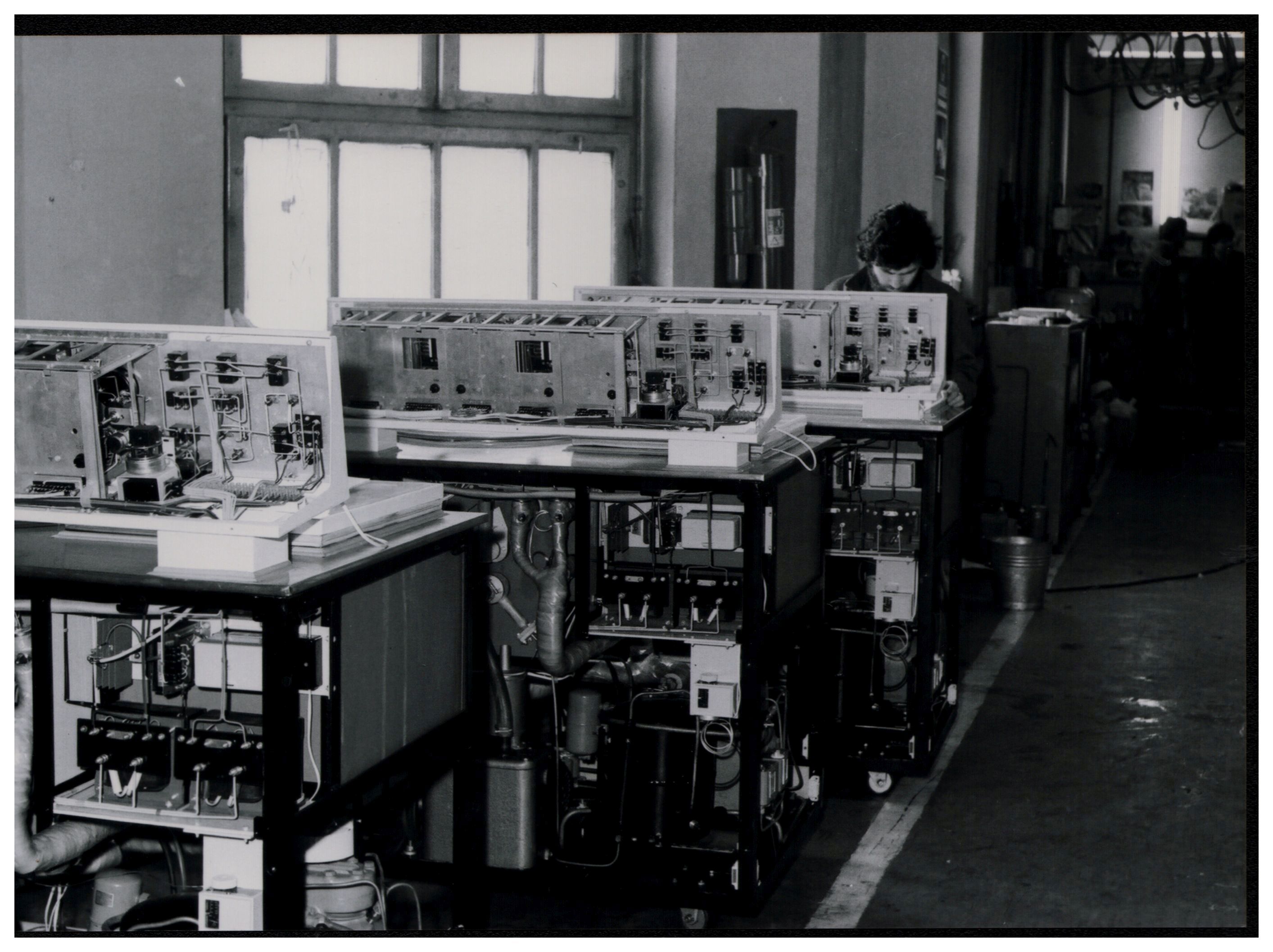
Installation of a vacuum freezer in the Labor MIM around 1980 (Photo: Ferencváros Local History Collection)
Even though the range of activities was extremely wide, after the system change, Labor MIM also faced the fate of liquidation. From 1991, the building on Tűzoltó Street stood empty for almost fifteen years. In 2005, the then-owner agreed with a group of young artists and architects who undertook to fill the empty factory complex with life. Studios were created on the upper levels of the building, which was later named Tűzraktár and then Tűzraktér, and rehearsal rooms in the basement rooms. However, the contemporary cultural programs could not cover the operating conditions, and the place was permanently closed in September 2007.
%4005-06-19-2.jpg)
The dilapidated factory building around 2000 (Photo: Ferencváros Local History Collection)
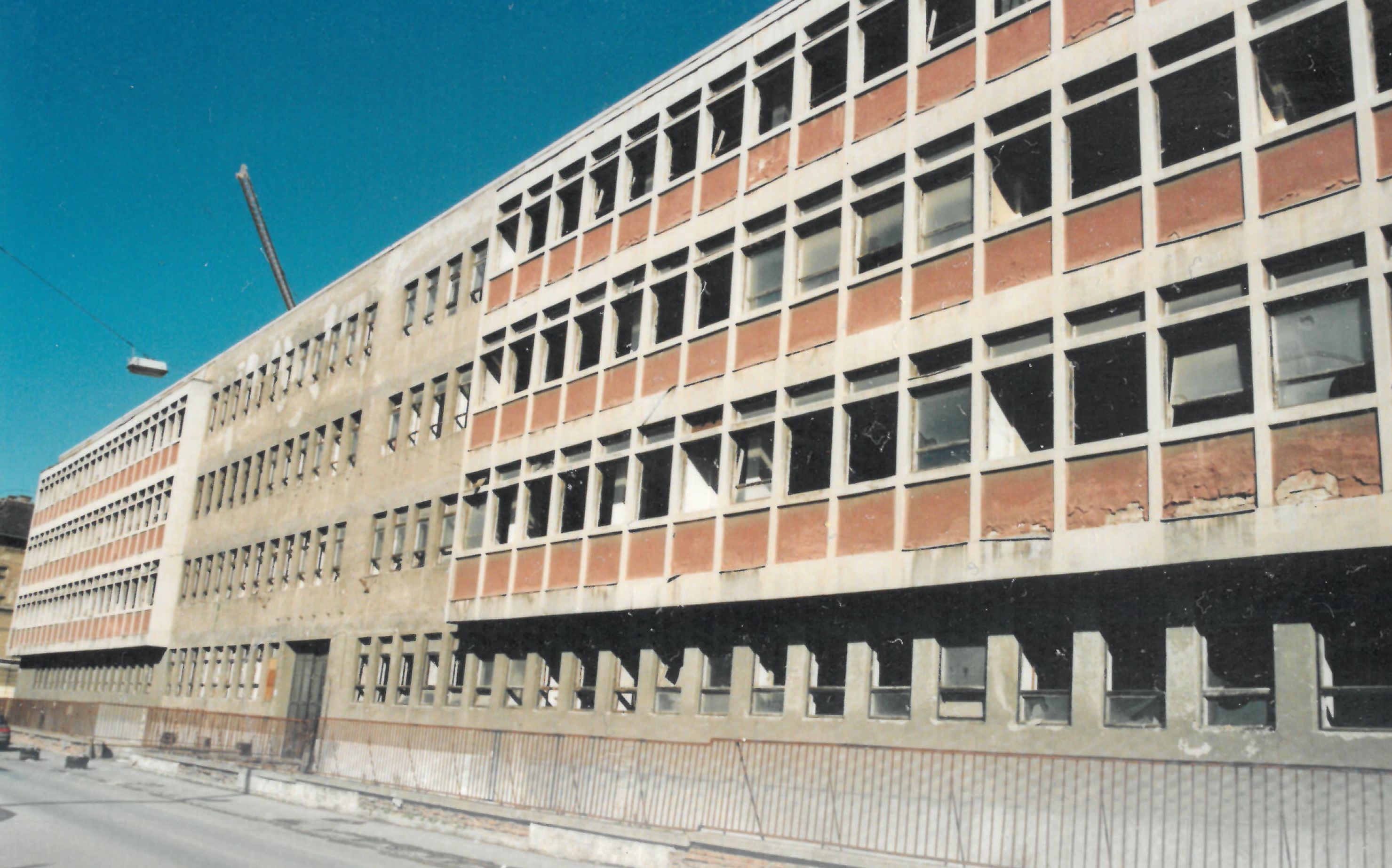
The dilapidated factory building around 2000 (Photo: Ferencváros Local History Collection)
The building complex was then purchased by a real estate development company to build a hotel, office building and shopping centre on the site of the former factory. However, the 2008 global economic crisis prevented the realisation of the idea, and the building remained a disgrace to the neighbourhood. In 2010, when the American movie star Angelina Jolie shot a feature film about the Bosnian war, the former factory building and its courtyard served as the perfect location for some scenes of the siege of Sarajevo.
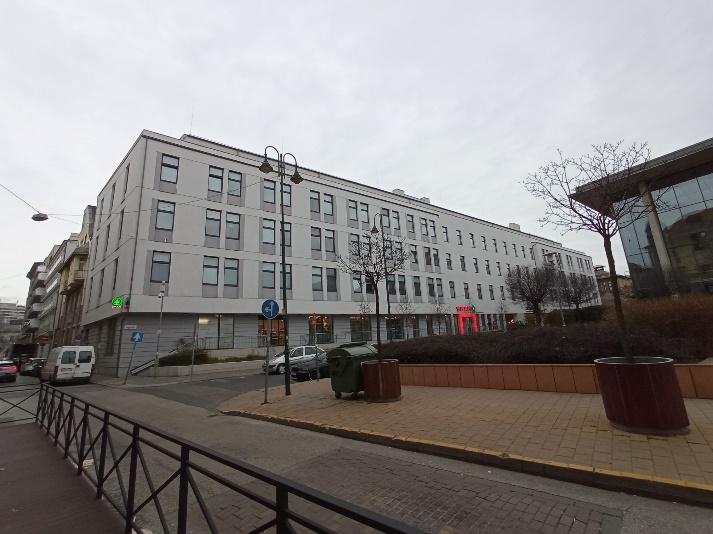
The building nowadays (Photo: Tímea Simon)
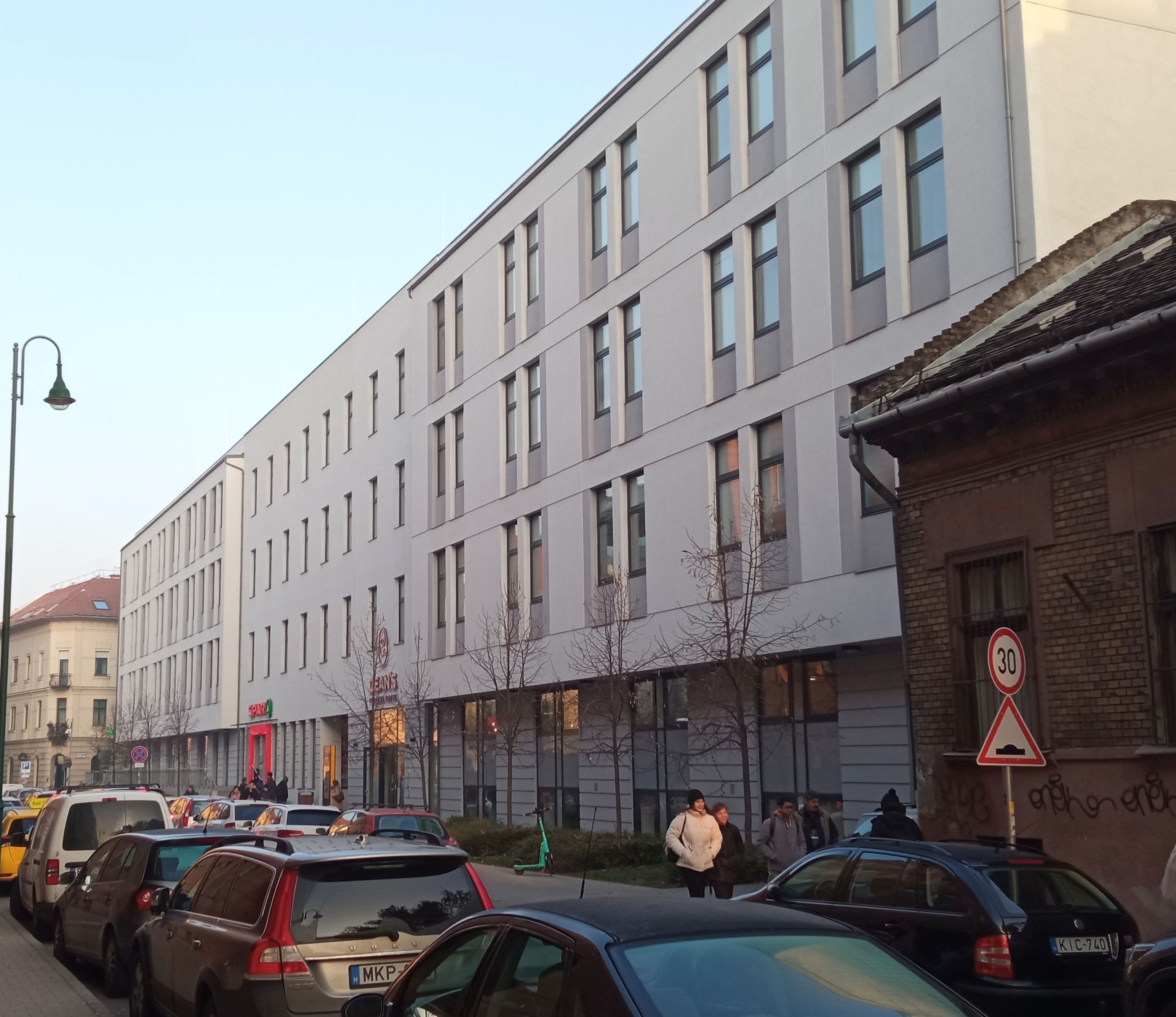
The building nowadays (Photo: Tímea Simon)
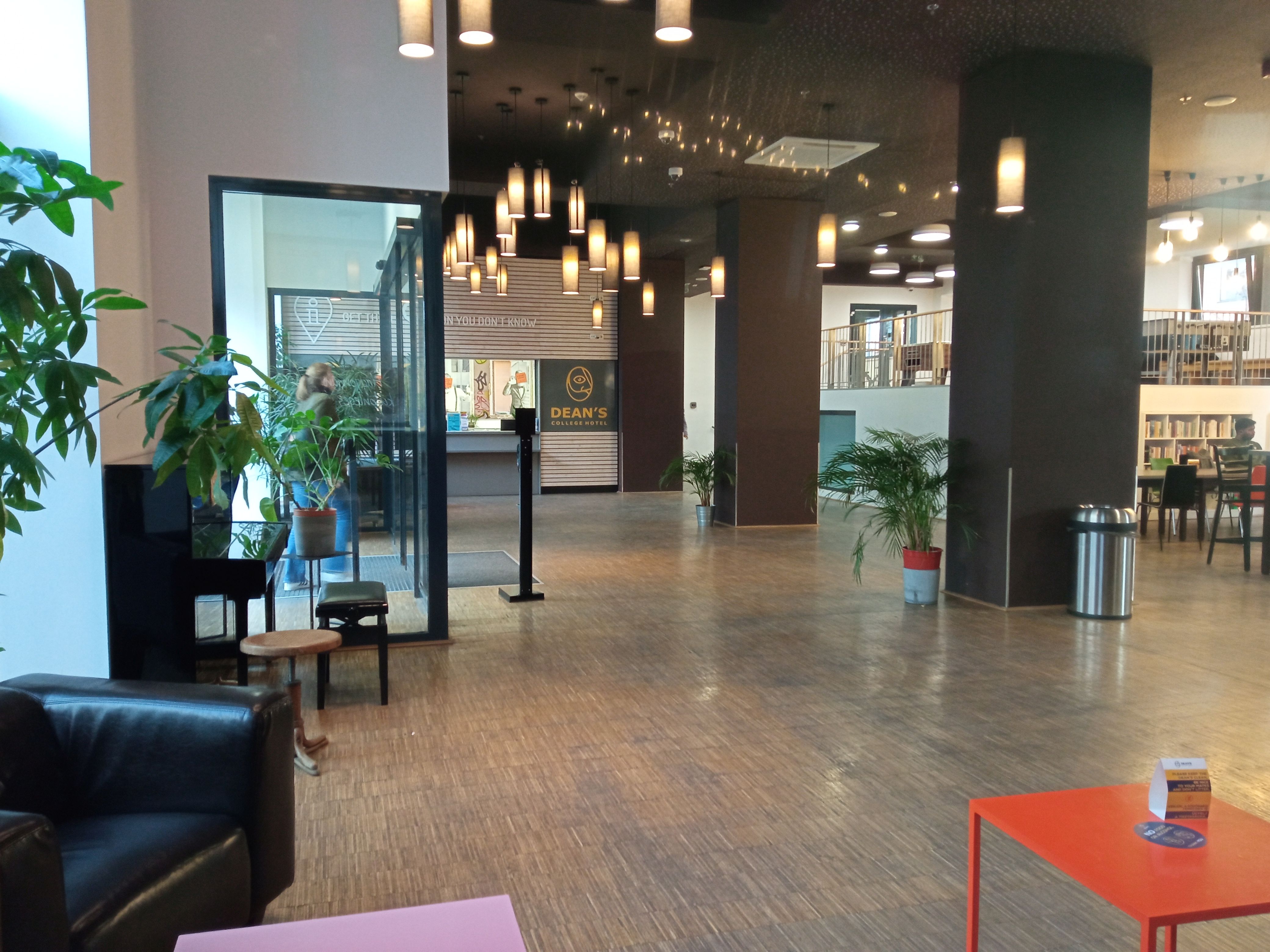
The dormitory/hotel reception area (Photo: Tímea Simon)
The building, reminiscent of a haunted house, was finally renovated in 2017 by a Hungarian and an Austrian company, and as a result, a private dormitory with 418 rooms was opened. The existing five-story building was extended with an L-shaped six-story building wing toward the interior of the site. The walkway that runs through the ground floor of the building and functions as a public space provides a direct connection between Tűzoltó Street and the metro station.
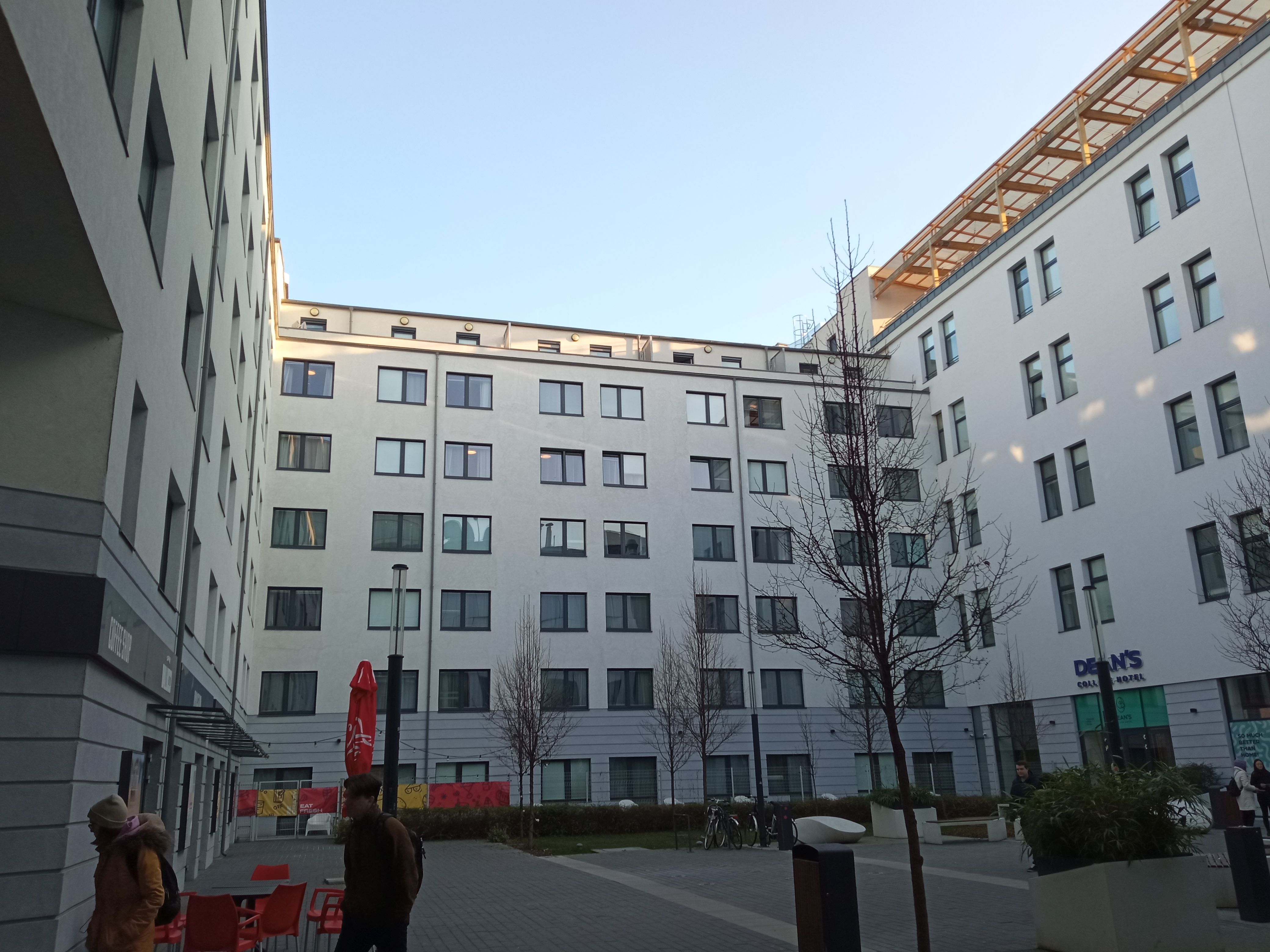
The passage on the site of the former courtyard towards the metro station (Photo: Tímea Simon)
The dormitory also has a lobby, study rooms, billiards room, gym and laundry. The 250-square-metre roof terrace on the top of the building, on the site of the former restaurant, offers a truly impressive panorama of the city. The single and double rooms provide the conditions for a lifestyle-like stay primarily for foreign university students visiting the Semmelweis University Centre of Theoretical Medicine, which was built in 2009 at the intersection of Vendel Street – Thaly Kálmán Street – Tűzoltó Street.
A few years ago, after a change of ownership, the building functions as a hotel as well, in addition to doctors who stay here for up to 10 months a year, tourists who come for a day or two can also reserve a room. The building block that once housed a large, internationally renowned company is still there, but nothing reminds of its industrial past. A commemorative plaque would certainly fulfil this task, and, likely, former employees of the Laboratory Equipment Factory would also be happy to show it to their friends.
Cover photo: The dormitory on the site of the former factory building in Ferencváros (Photo: Tímea Simon)

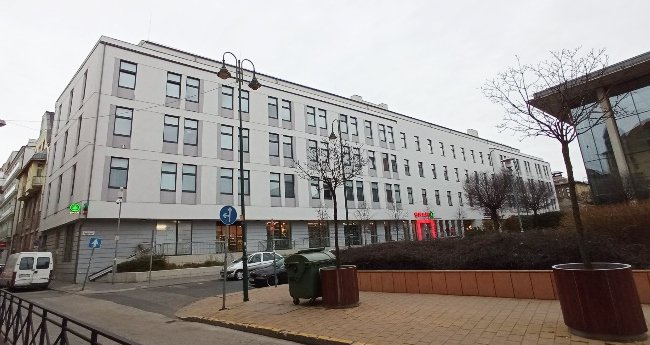

































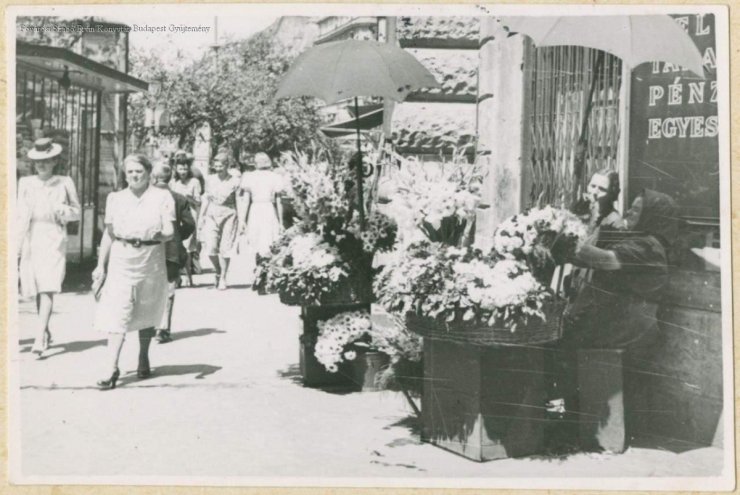
Hozzászólások
Log in or register to comment!
Login Registration